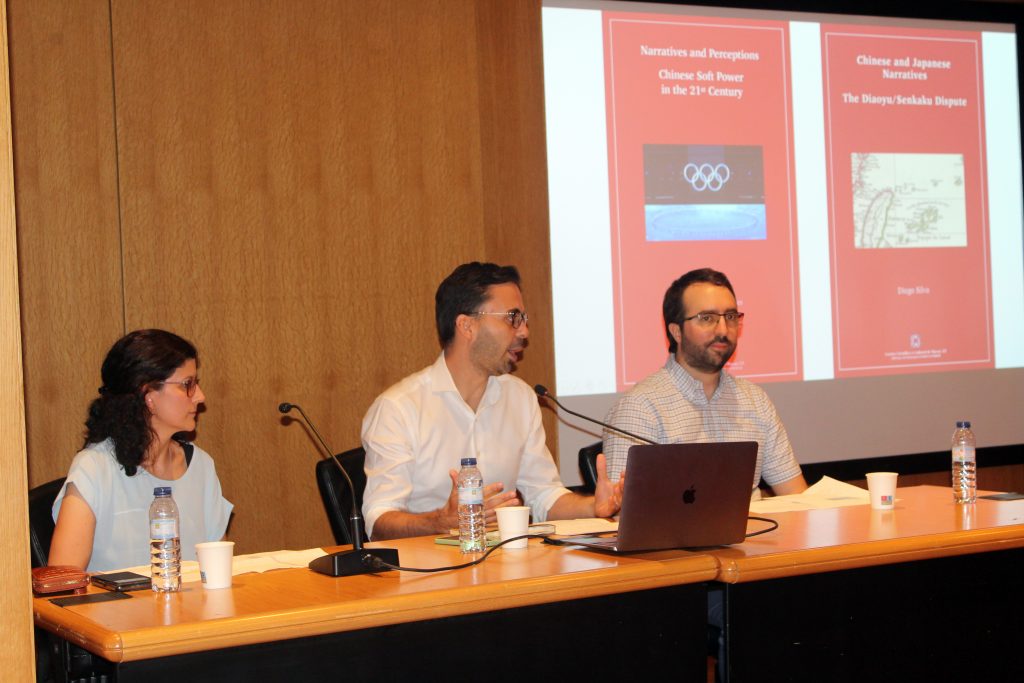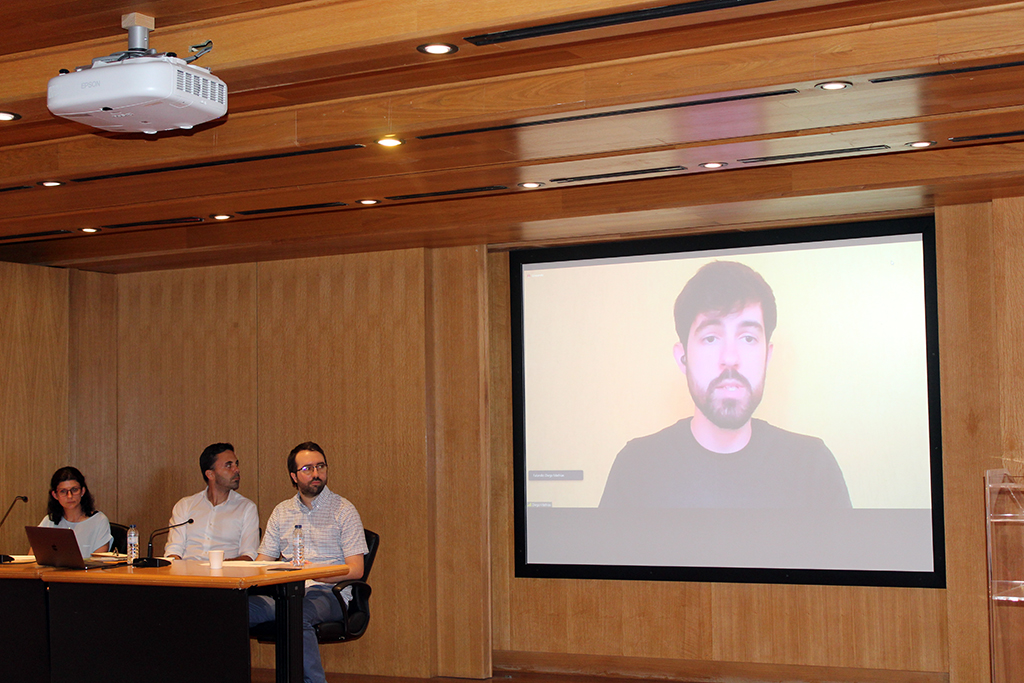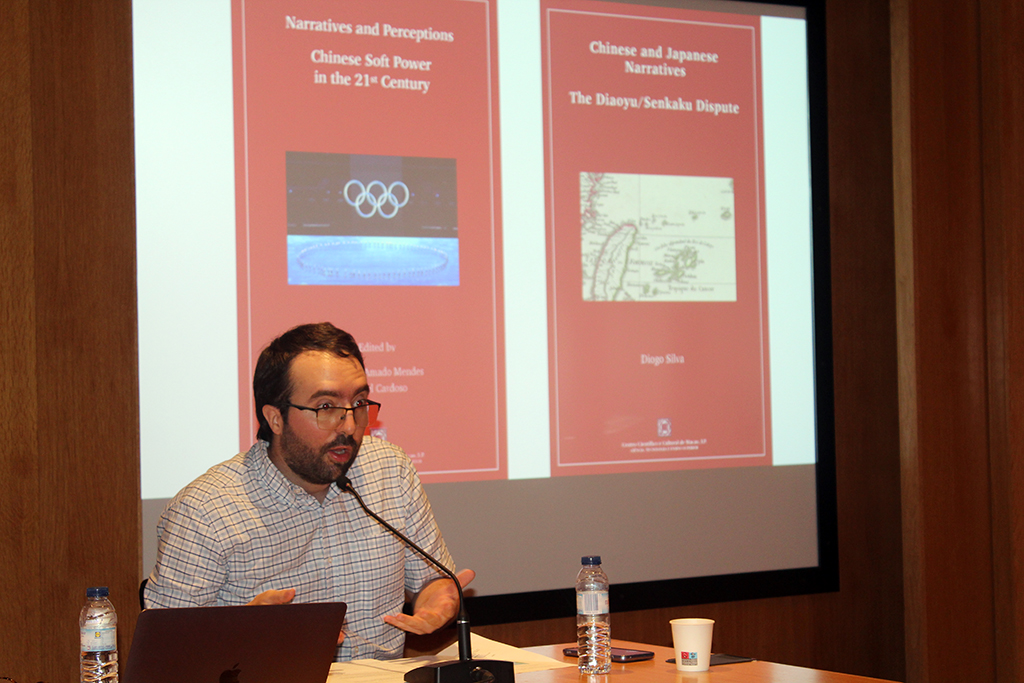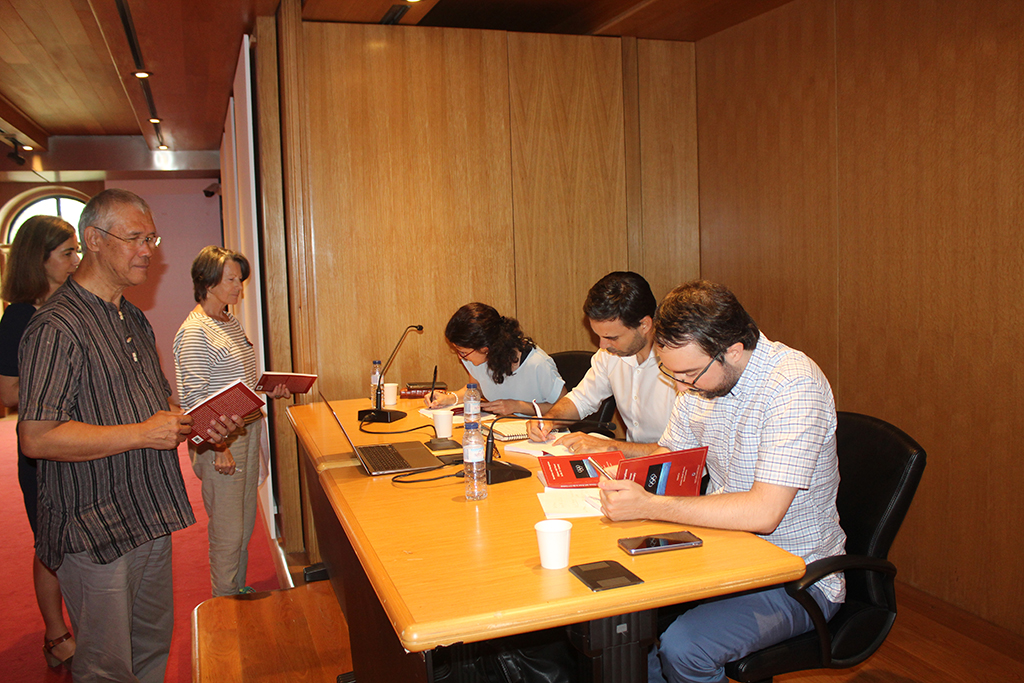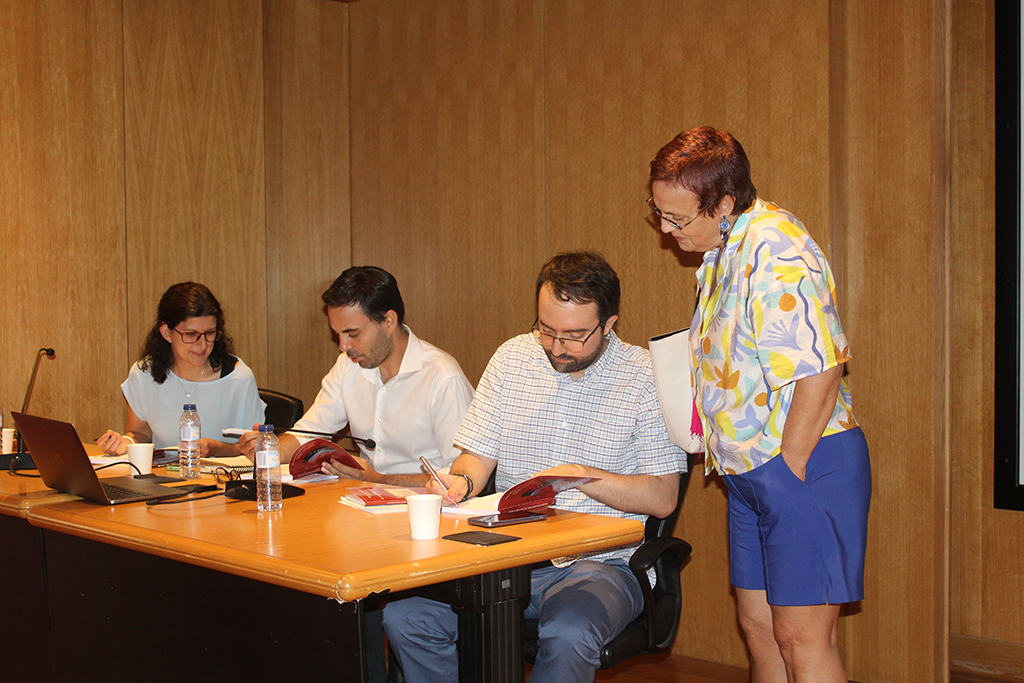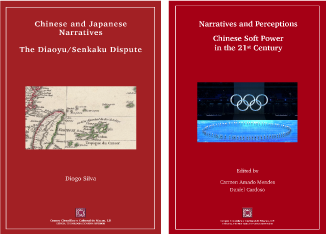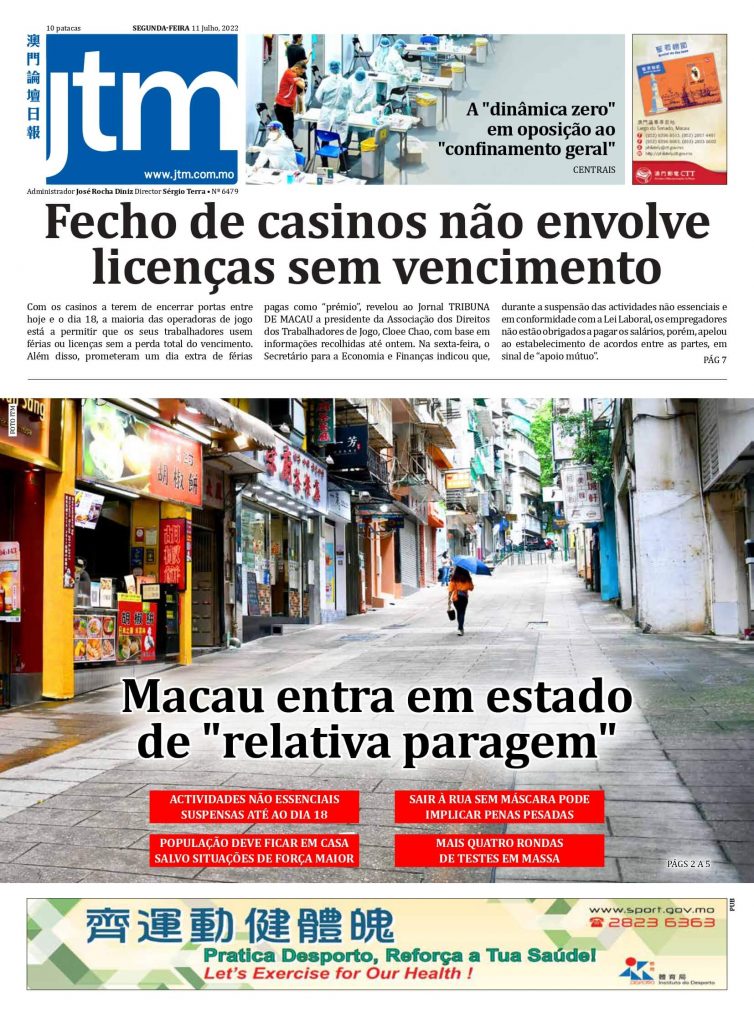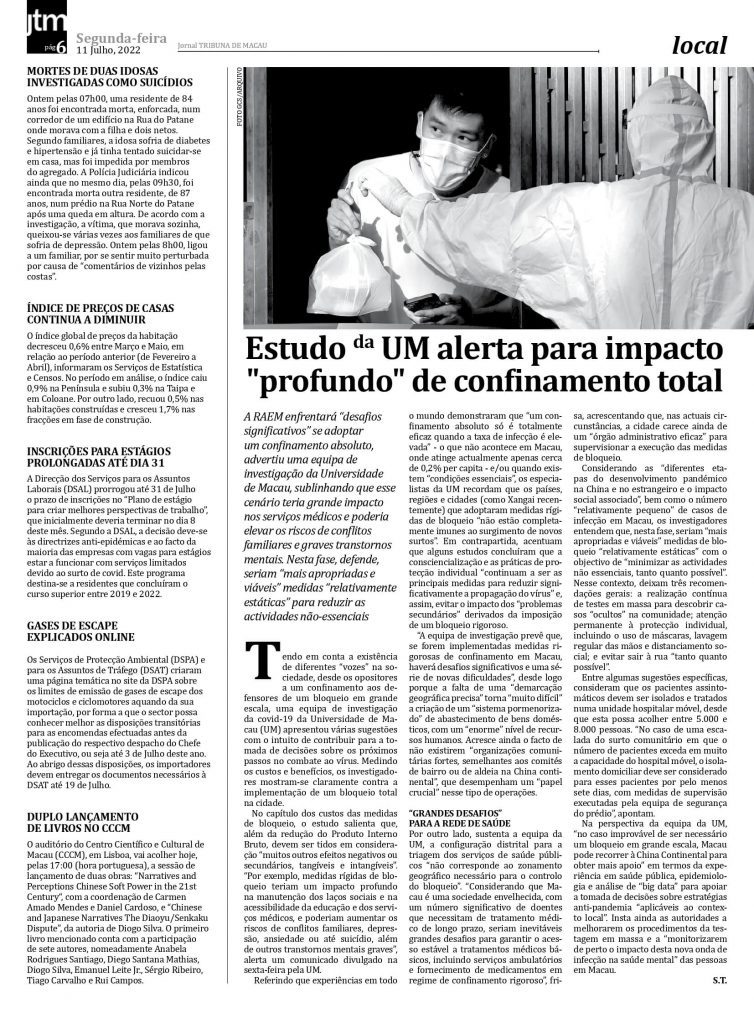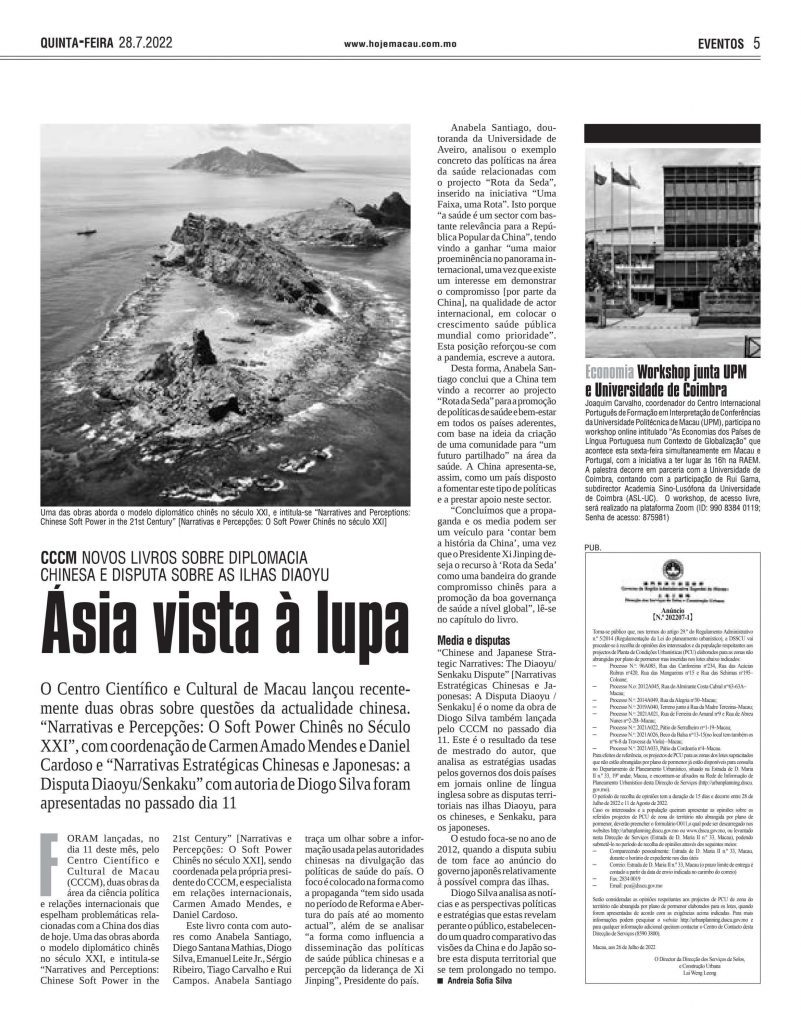SINOPSE
The change in the global position of the People’s Republic of China (PRC) since its entry into the World Trade Organization (WTO) twenty years ago has been dramatic. The first two decades of the twenty–first century has seen China transform itself into the world’s second largest economy and become one of the leading nations in the world. This unprecedented development has brought the country into direct contact with almost every nation in the world, and the policies and actions of Chinese leaders are now closely followed world–wide daily. As with all major political actors, praise and criticism are now directed towards the
decision–makers in the PRC and their policies and actions, to a previously unseen degree. To manage its enormous power, promote its agendas and bold enterprises, gain trust of foreign counterparts, and allay perceived criticism of its actions, the Chinese government has become increasingly adept at using several strategies to convey its messages to its global audience, as well as to the Chinese population. These strategies function as a form of soft power, and are intended to display that the PRC, unlike other global players and principally the United States, has not committed itself to the use of hard power, in the form of overt military force, but is a trustworthy and responsible partner. As the papers in this volume show, these strategies are achieved by different means, including propaganda, reliance on censorship and coercion and use of party–state controlled media, among others.


SINOPSE
Much has been written and said concerning five uninhabited islets and three barren rocks in the East China Sea, which are known as the ‘Diaoyu’ in China and ‘senkaku’ in Japan. While such a small territory might seem to be of little significance, the islets and rocks have come to be of strategic importance due to their location and the maritime resources in their vicinity While they have been under Japanese control since the SinoJapanese war of 7894-7895, the islets have been claimed both by the Republic of China and the People’s Republic of China ever since that time, and there have been spikes of tension in the relationship between the neighbouring nations. Such a spike happened in 2072, when the Japanese government purchased three of the islets from the Japanese family that owned them. This act led to widespread Chinese protests and threats of retaliation, as well as an exponential increase in the number of coastguard and naval vessels from Japan and the People’s Republic of China in the vicinity of the islets. The increase has caused concern regarding the region becoming a potential hotspot that could escalate into a military conflict between the People’s Republic of China and Japan. This could lead to the involvement of the United States, which has pledged to protect all territory under Japanese control.

